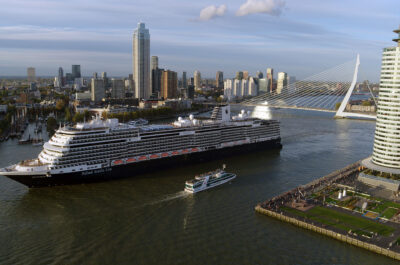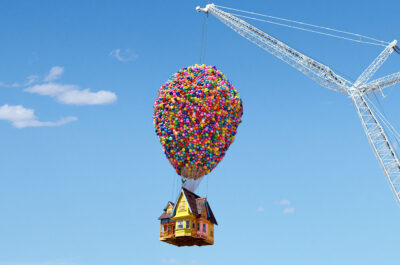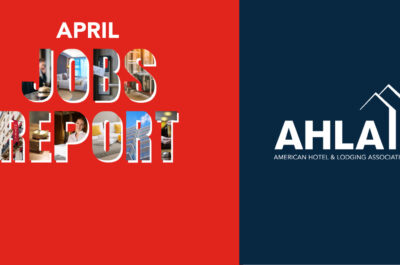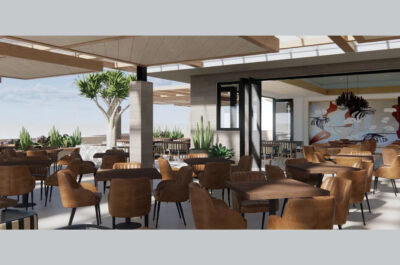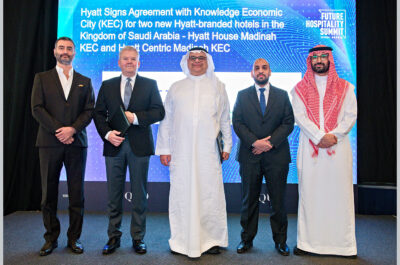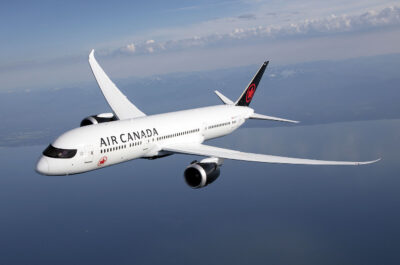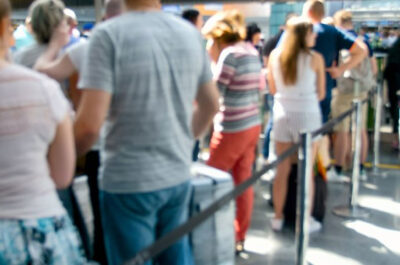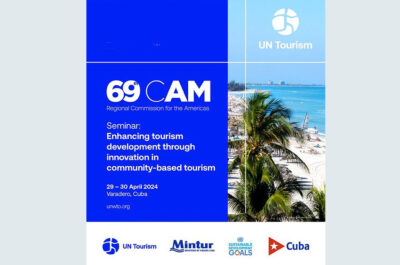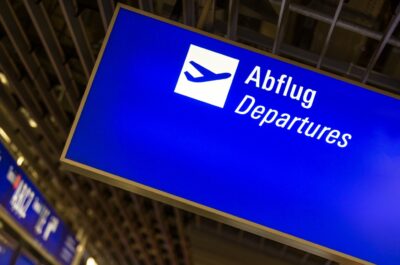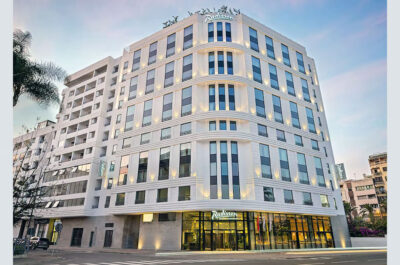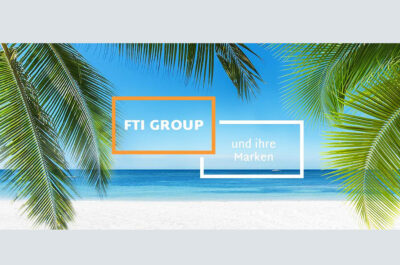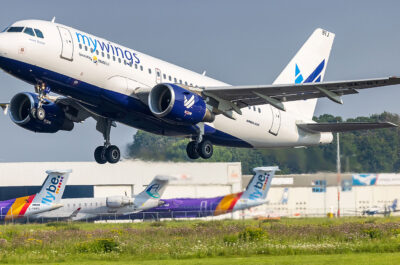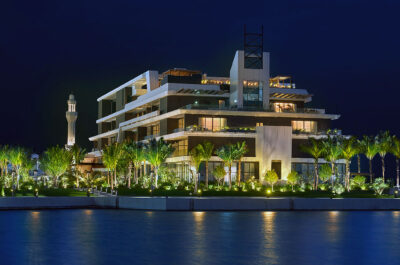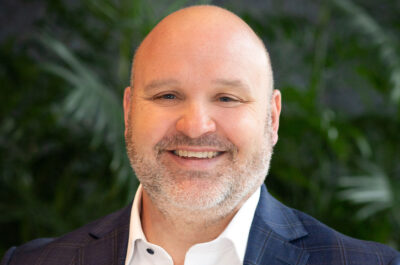The Dutch hotels have to face decreasing results for the first time in years, as is shown in the annual HOSTA report from…
The Dutch hotels have to face decreasing results for the first time in years, as is shown in the annual HOSTA report from
September 11 effect small
After the attacks on September 11, the expectancy was that the results would decrease strongly. The lower results in 2001 however have more to do with the world economy than with 9/11. The last quarter of 2001 shows no greater drops in occupancies than the previous months, according director Ewout Hoogendoorn of Horwath Consulting. “And then we still have to take into account that 2000 was a record year, after which things could only go down”.
The cause of the drop in occupancies can be found in a shorter length of stay. This decreased from 2 days in 2000 to 1.5 days in 2001. A similar decrease was visible in the last dip for the hotel industry, in 1993. “During the good times, business guests often book longer stays,” says Ewout Hoogendoorn. “When the economy is less, people are more inclined to take the next flight home.”
Amsterdam & Schiphol
The results of the hotels in Amsterdam & Schiphol are as usual considerably higher than the rest of the Netherlands. But here we also see a distinct decrease. The occupancy in Amsterdam decreased from 85% to 80%. The average room rate increased with 1 tot 128. Because of this, the revenue per available room decreased by 5.8% tot 102.
Expectancies 2002 and 2003
Hotel managers are optimistic for 2003, and more than half expect both the occupancies and the average room rates to increase. The expectancy is an occupancy of 72% in 2002 and 74% in 2003, with an average room rate of 114 and 122 respectively.
The reactions of hotel managers also show that the influence of September 11 has been less than expected. For the coming period, most are more worried about economic developments and personnel problems than about fear of flying as a result of terrorism. For some managers, these worries concentrate more on George Bush than on Osama Bin Laden; especially the threats of war against Iraq remind some of the poor occupancies around the time of the Gulf war.
Human Resources
Payroll costs average at 30% of revenues. The average staff turnover in 2001 was almost 31%. For some hotels this was as high as 100%. Despite a less tightened labour market, human resource problems remains a hot item for the hotel business. This focuses especially on the quality of personnel. This is necessary, since the average hotel guests is demanding increasing quality from the hotel. Hotels therefore pay a lot of attention to training personnel and management. The average budget for training is 41,500 per year. Trainings in demand are in the area of team building, motivational skills and leadership skills.
25 year perspective
Compared to the last 25 years, the Dutch hotel industry in doing well. For instance, while the room occupancy has not been below 74% since 1997, it has never been higher than that in the 20 years before. The average room rates are still 45% higher than five years ago, which means an average increase of 7.7% per year. And while the revenue per available room decreased in the past year, it is still 12% higher than two years ago. And over three times as high as in 1978.
The same is true for the Income Before Fixed Charges: this dropped from 41.4% in 2000 to 40.3% in 2001, but was only 37.6% in 1999, and had never been above 35% before then. In 1977, the IBFC was about 18%, and it seemed unlikely it would ever surpass 25%.
Conference rooms & restaurants
The average occupancy of conference rooms in Dutch hotels in 2001 was 13%, against 17% in 2002. The average rate per participant increased from 27 to 39. The hotels included in the research had an average of 11 conference rooms, with a total floor space of 700 square meters. Additionally, the average hotel has 1 or 2 restaurants with a total floor space of 271 square meters, and a bar of 97 square meters. The average occupancy of restaurants was 49%; the average check per guest was 26. On average, conference room rent account for 5% of total revenues; while food and beverage account for 30%.
Theodore is the Co-Founder and Managing Editor of TravelDailyNews Media Network; his responsibilities include business development and planning for TravelDailyNews long-term opportunities.




